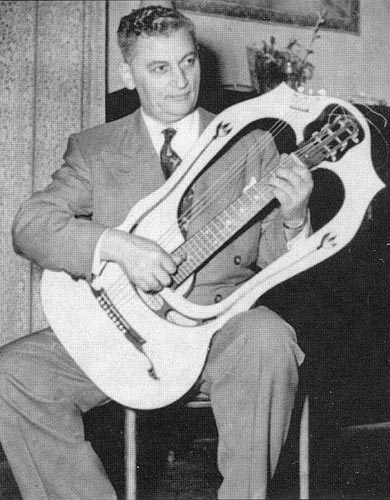DjangoBooks.com
Welcome to our Community!
Categories
- 20K All Categories
- 1.1K General
- 476 Welcome
- 59 Archtop Eddy's Corner
- 146 CD, DVD, and Concert Reviews
- 385 FAQ
- 26 Gypsy Jazz Italia
- 27 Photos
- 202 Gypsy Picking
- 21 Unaccompanied Django
- 15 Pearl Django Play-Along Vol.1
- 17 Gypsy Fire
- 45 Gypsy Rhythm
- 1.4K Gypsy Jazz University - Get Educated
- 131 Gypsy Jazz 101
- 227 Repertoire
- 219 History
- 708 Technique
- 51 Licks and Patterns
- 6 Daniel Givone Manouche Guitare Method Users Group
- 20 Eddie Lang Club
- 1.3K Gypsy Jazz Gear
- 802 Guitars, Strings, Picks, Amps, Pickups and Other Accessories
- 460 Classifieds
- 49 Recording
- 62 Other Instruments
- 18 Violin
- 5 Mandolin
- 22 Accordion
- 7 Bass
- 10 Woodwinds
- 347 Gypsy Jazz Events
- 143 North America
- 109 Europe
- 95 International
In this Discussion
Who's Online (0)
Mario Maccaferri Plays Classical Guitar | Blog
 DjangoBooks
Seattle✭✭✭ All of them!
DjangoBooks
Seattle✭✭✭ All of them!
 Mario Maccaferri Plays Classical Guitar | Blog
Mario Maccaferri Plays Classical Guitar | Blog
Mario Maccaferri was born in 1900 in Cento, near Bologna, in Italy. At the age of 11, he became apprenticed to the Italian master luthier and renowned musician, Luigi Mozzani. The young Maccaferri assiduously followed his master’s footsteps, bearing his influence for the rest of his life. While learning lutherie, he concurrently pursued the study of the classical guitar. In 1916, he entered the Conservatory at Sienna, remaining there for ten years and graduating with the highest diploma and all honors. Subsequently, he abandoned lutherie to fully devote himself to a career of concert guitar performance. To critical acclaim, his touring took him across all of Europe. Maestro Mozzani, a superb guitarist and composer for the instrument in his own right, was quite proud of Mario Maccaferri, whom he regarded as a master luthier, musician and peer – an honor never bestowed upon any other of his many protégés.










Comments
Really interesting to hear the two Maccaferri recordings here. Certainly a lot of talent.
Also read with interest the part about Mario and Arthur Godfrey. It makes it seem like Arthur was so kind-hearted that he didn't accept any gifts. While this may be true, he wasn't purely a benevolent soul. The article mentions him introducing the singer Julius La Rosa to the world but says nothing of Arthur's surprise on-air firing of La Rosa. Godfrey might have had some good qualities, but they were not without his share of others. Maybe the power went to his head?
At least La Rosa bounced back with the novelty hit, "Eh, Cumpari!"
From John Monteleone's account of Maccaferri at the time of his death in 1993.
"All of those people who knew Mario were constantly amazed by his level of energy and great stamina. Once we had finished making the twelve guitars, I showed Mario my first violin that I had just completed. His reaction was to show me his secret stash of four sets of violin wood that he had brought with him when he escaped from Europe in 1939 just before the Germans invaded France. His face lit up once again and we were suddenly in the violin business. This renewed interest in the violin instantly sparked an old challenge in Mario. He had always wanted to make a plastic violin that would posses all of the finest attributes of a fine old Cremonese instrument. With this in mind, he drew a set of prints for the molds and went to work without hesitation. He was by then only 88 years old. He debuted the first plastic violin at Carnegie Hall on March 8, 1990."